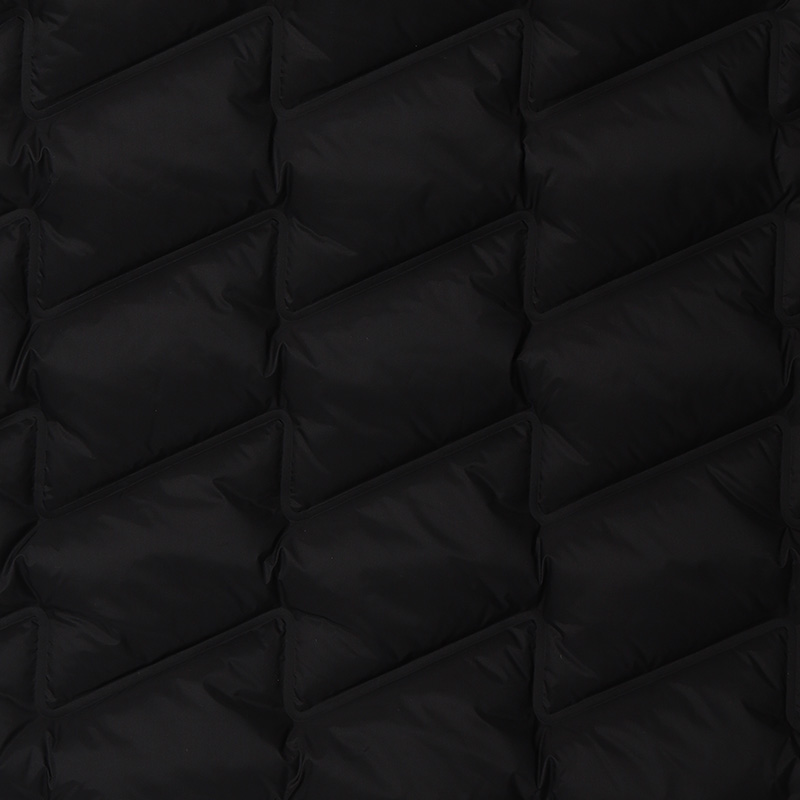Introduction
TPU laminated fabric is a specialized textile that combines traditional fabric with a TPU (Thermoplastic Polyurethane) layer, resulting in a composite material with unique and highly desirable properties. This fabric finds wide application across various industries, including outdoor gear, medical textiles, fashion, automotive, and technical textiles. This article explores the nature of TPU laminated fabric, its manufacturing process, characteristics, and applications in depth.
What is TPU Laminated Fabric?
TPU: Thermoplastic Polyurethane
Thermoplastic Polyurethane (TPU) is a class of polyurethane plastics that are thermoplastic in nature, meaning they become pliable or moldable above a certain temperature and solidify upon cooling. TPU is known for its elasticity, transparency, and resistance to oil, grease, and abrasion.
Laminated Fabric
Lamination in textiles refers to the process of bonding two or more layers of materials together using adhesives or heat to create a composite fabric with enhanced functionality. In TPU laminated fabric, a TPU film or membrane is laminated onto the surface of a textile substrate such as polyester, nylon, or cotton.
Manufacturing Process of TPU Laminated Fabric
Fabric Selection: The base fabric is chosen based on the end-use—commonly synthetic fabrics like nylon or polyester due to their durability and moisture resistance.
TPU Film Preparation: TPU is processed into thin films or membranes with specific thicknesses depending on the performance requirements.
Lamination Process: The TPU film is laminated onto the fabric using heat and pressure, often in a hot-rolling or hot-pressing machine. The TPU film bonds tightly to the fabric surface without compromising the fabric’s flexibility.
Finishing: Additional surface treatments such as embossing, printing, or coating may be applied to enhance aesthetics or add functionalities like UV resistance.

Properties of TPU Laminated Fabric
Mechanical Properties
High Elasticity and Flexibility: TPU provides excellent stretch and recovery, allowing the fabric to bend, flex, and stretch without cracking.
Abrasion Resistance: The TPU layer offers superior protection against wear and tear, extending fabric lifespan.
Tear Strength: Laminated TPU enhances tear resistance, critical for outdoor and industrial uses.
Barrier Properties
Waterproof and Windproof: TPU laminated fabric offers excellent waterproofing without sacrificing breathability, ideal for rainwear and outdoor gear.
Air and Vapor Permeability: Certain TPU membranes allow moisture vapor transmission, providing comfort by preventing sweat accumulation.
Chemical Resistance: TPU resists oils, greases, and many chemicals, protecting the underlying fabric in harsh environments.
Thermal Properties
Temperature Resistance: TPU can endure a wide range of temperatures without degradation, making it suitable for thermal insulation layers or automotive interiors.
Thermoplastic Nature: Enables recyclability and remolding in manufacturing processes.
Aesthetic and Functional Advantages
Lightweight: Despite the protective layer, TPU laminated fabrics remain lightweight.
Transparency: TPU films can be clear, allowing for design versatility.
Soft Hand Feel: Maintains fabric softness and drape, critical for clothing applications.
Applications of TPU Laminated Fabric
Outdoor and Sportswear
TPU laminated fabrics are extensively used in jackets, pants, tents, backpacks, and sleeping bags due to their waterproof, windproof, and breathable properties. The elasticity also contributes to garment comfort and mobility.
Medical Textiles
In medical applications, TPU laminated fabric is used for protective covers, surgical gowns, and disposable mattress covers because of its impermeability to liquids and microorganisms while remaining flexible.
Automotive Interiors
TPU laminated fabrics are employed in car seat covers, door panels, and floor mats to provide durability, stain resistance, and ease of cleaning.
Protective Clothing
For industrial and military use, TPU laminated fabrics offer resistance to chemicals, abrasion, and extreme weather conditions, making them ideal for protective suits and uniforms.
Fashion and Technical Textiles
Designers use TPU laminated fabrics to create futuristic, waterproof fashion pieces that retain flexibility and style.
Comparison with Other Laminated Fabrics
Feature TPU Laminated Fabric PVC Laminated Fabric PU Laminated Fabric
Flexibility High Moderate to Low Moderate to High
Breathability Good (depending on membrane) Poor Moderate
Environmental Impact More eco-friendly (recyclable) Less eco-friendly (PVC concerns) Moderate
Abrasion Resistance Excellent Good Good
Chemical Resistance High Moderate Moderate
Softness Soft and pliable Stiff Soft
Environmental and Sustainability Considerations
TPU, being thermoplastic, is recyclable, which contrasts favorably with PVC laminates that pose environmental challenges due to chlorine content. Additionally, TPU manufacturing can be tailored to reduce hazardous emissions, and some manufacturers focus on bio-based TPU, enhancing sustainability.
Conclusion
TPU laminated fabric represents a versatile and high-performance material, combining the strength and durability of TPU films with the comfort and flexibility of traditional textiles. Its balance of waterproofing, breathability, elasticity, and durability makes it indispensable in a wide range of industries from outdoor apparel to medical textiles and automotive interiors. As demand grows for sustainable and functional fabrics, TPU laminated fabric stands out as a technologically advanced and environmentally friendlier choice.


 English
English CN
CN













